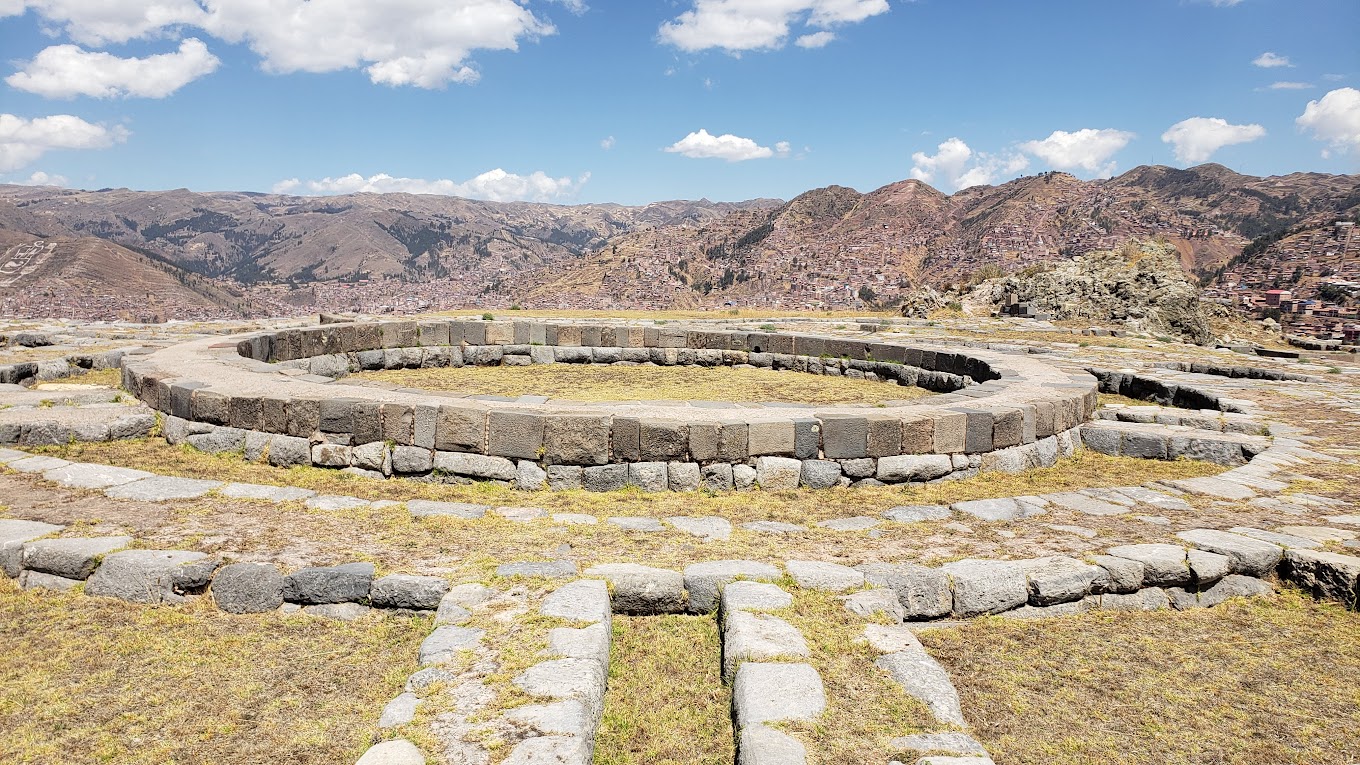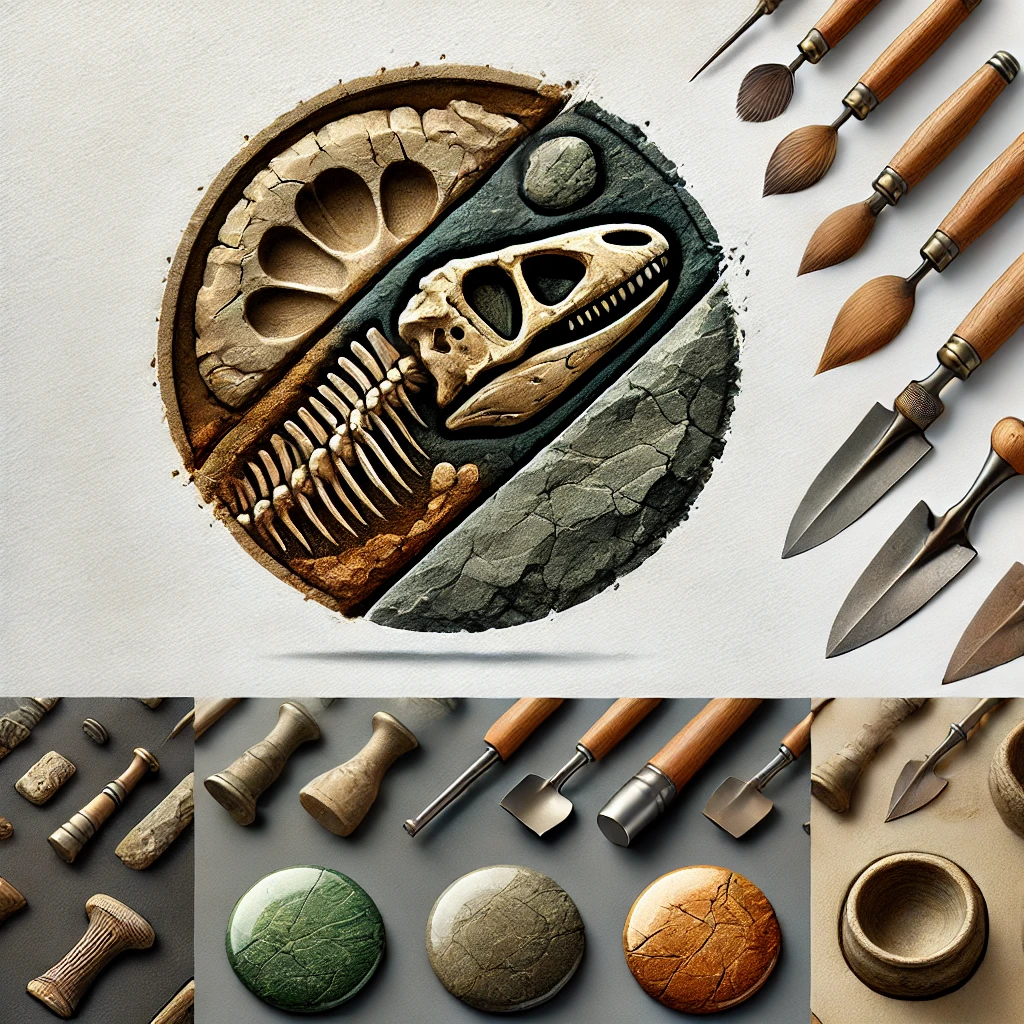Sacsayhuamán, the monumental Inca fortress overlooking Cuzco, Peru, is a powerful symbol of the Inca civilization’s architectural and engineering mastery. Built in the 15th century during the reign of Pachacuti Inca Yupanqui, this awe-inspiring site continues to fascinate researchers and visitors alike with its massive stone walls and unresolved mysteries.
The Architectural Prowess of Sacsayhuamán
Sacsayhuamán’s architectural features are a testament to the Inca’s advanced engineering techniques and their ability to construct monumental structures without modern tools.
Massive Stone Walls: A Marvel of Inca Engineering
The fortress is renowned for its massive stone walls, some blocks reaching over 8.2 meters in height and weighing several tons, showcasing the Inca’s extraordinary ability to manipulate and precisely fit colossal stones.
- Advanced Stoneworking Techniques:
- The Inca developed sophisticated techniques for quarrying, transporting, and shaping massive stone blocks. These techniques involved the use of levers, ramps, and precisely shaped tools to cut and fit the stones. The scale of the walls demonstrates the Inca’s ability to manage and execute large-scale construction projects with remarkable precision.
- Mortarless Construction and Precision Fit:
- The stones at Sacsayhuamán are fitted together with such precision that no mortar was needed. This intricate fitting, involving stones with multiple interlocking faces, has allowed the walls to withstand centuries of earthquakes. This demonstrates the Inca’s deep understanding of stone mechanics and their ability to create stable, durable structures.
- Logistical and Organizational Skills:
- The construction of the massive walls required exceptional logistical and organizational skills. The Inca had to coordinate the labor of thousands of workers, transport stones over long distances, and manage the construction process with efficiency. This highlights their advanced administrative capabilities and their ability to mobilize resources for large-scale projects.
Zigzagging Walls: Strategic and Architectural Design
These zigzagging walls, stretching more than 305 meters, offer both strategic advantages and architectural complexity, revealing the Inca’s understanding of military strategy and their mastery of complex design.

- Defensive Strategy and Military Tactics:
- The zigzagging design of the walls provided a strategic advantage in defense, creating multiple angles of fire and making it difficult for attackers to breach the fortress. This design reflects the Inca’s understanding of military tactics and their ability to incorporate them into their architecture.
- Complex Architectural Layout:
- The complex layout of the walls, with their multiple levels and interlocking sections, demonstrates the Inca’s mastery of architectural design. The ability to create such a complex and functional structure speaks to their advanced planning and construction skills.
- Visual and Symbolic Impact:
- The zigzagging walls create a visually striking effect, adding to the grandeur and imposing presence of Sacsayhuamán. This design not only served a practical purpose but also contributed to the aesthetic appeal of the fortress, showcasing their artistic vision and their ability to blend functionality with beauty.
Terraces and Central Plaza: Multifunctional Spaces
The presence of terraces and a vast central plaza points to ceremonial use, suggesting that Sacsayhuamán served multiple functions beyond military defense, reflecting the multifaceted nature of Inca society.
- Ceremonial and Ritualistic Functions:
- The terraces and central plaza likely served as spaces for ceremonial gatherings and rituals, reflecting the Inca’s deep spiritual beliefs and their integration of religious practices into their architecture. These spaces would have been used for public events, religious ceremonies, and important social gatherings.
- Agricultural and Administrative Roles:
- The terraces may have also served agricultural or administrative purposes, providing flat surfaces for farming, storage, or other activities. The central plaza could have functioned as a gathering place for the community, serving both social and administrative needs.
- Integration of Multiple Functions:
- The integration of multiple functions within Sacsayhuamán highlights the Inca’s ability to create structures that served a variety of purposes. This reflects their holistic approach to architecture and their ability to blend various aspects of life seamlessly within their built environment.
The Mysteries and Discoveries of Sacsayhuamán
The true purpose of Sacsayhuamán remains a subject of debate, and ongoing archaeological research continues to reveal new insights into its history and function.
Military vs. Ceremonial Function: An Ongoing Debate
The debate over the military versus ceremonial function of Sacsayhuamán reflects the complexity of the site and the multifaceted nature of Inca society, highlighting the need for further research and analysis.

- Military Fortress Hypothesis:
- The towering walls and strategic design of the fortress strongly suggest a military function, indicating that Sacsayhuamán played a crucial role in the defense of Cuzco. This hypothesis is supported by the site’s strategic location and its commanding view of the city.
- Ceremonial Center Hypothesis:
- The presence of terraces and a vast central plaza points to ceremonial use, suggesting that Sacsayhuamán also served as a site for religious rituals and public gatherings. This hypothesis is supported by the site’s alignment with important astronomical events and its integration of ceremonial spaces.
- Dual-Purpose Functionality:
- It is likely that Sacsayhuamán served both military and ceremonial functions, reflecting the Inca’s ability to integrate various aspects of life into their architecture. This dual-purpose functionality highlights the complexity of Inca society and their multifaceted approach to building.
Archaeological Discoveries: Pre-Inca Temple and Ancient Roadway
Scholars also believe the complex housed temples, and in 2008, excavations revealed remnants of a pre-Inca temple and an ancient roadway at its edge, shedding light on the site’s history and evolution.
- Pre-Inca Temple Evidence:
- The discovery of remnants of a pre-Inca temple suggests that the site had been used for religious purposes before the Inca constructed Sacsayhuamán. This discovery sheds light on the site’s layered history and its significance to earlier cultures.
- Ancient Roadway Significance:
- The revelation of an ancient roadway at the edge of the complex highlights the Inca’s advanced infrastructure and their ability to connect important sites with well-maintained roads. This discovery provides insights into the Inca’s transportation and communication systems.
- Chronological Depth and Evolution:
- These discoveries contribute to our understanding of the chronological depth and evolution of Sacsayhuamán, revealing that the site had been used for various purposes over time. This highlights the dynamic nature of ancient sites and the importance of ongoing archaeological research.
Ongoing Research and Future Discoveries
Ongoing archaeological research at Sacsayhuamán continues to uncover new insights into the site’s history, function, and cultural significance, promising further revelations in the future.

- Advanced Research Techniques:
- Ongoing research employs advanced techniques, such as ground-penetrating radar and 3D modeling, to analyze the site and its artifacts without causing damage. This allows researchers to uncover hidden structures and gain a more comprehensive understanding of the site’s layout.
- Interdisciplinary Collaboration:
- Interdisciplinary collaboration between archaeologists, historians, and scientists is essential for a holistic understanding of Sacsayhuamán. This approach combines various fields of expertise to analyze the site from multiple perspectives, leading to more accurate and insightful interpretations.
- Preservation and Conservation Efforts:
- Archaeological findings support preservation and conservation efforts by providing valuable information about the site’s history and condition. This helps to ensure that Sacsayhuamán is preserved for future generations, allowing them to appreciate the Inca’s remarkable achievements.
Conclusion:
Sacsayhuamán remains a powerful and enduring symbol of the Inca civilization’s ingenuity and architectural prowess. Its massive stone walls, intricate design, and unresolved mysteries continue to captivate and inspire, drawing visitors and researchers from around the world. As ongoing archaeological research uncovers new insights, Sacsayhuamán’s legacy as a testament to Inca engineering and cultural achievement will continue to endure for generations to come.

CÁC TIN KHÁC
Mary Walton: The Forgotten Inventor Who Helped Clean Up America’s Cities
Tomb of Queen Nefertari in the Valley of the Queens, Egypt
Discover the Hypostyle Hall of the Temple of Hathor at Dendera
Venus de Losange: Unveiling the Mystery of a 20,000-Year-Old Paleolithic Icon